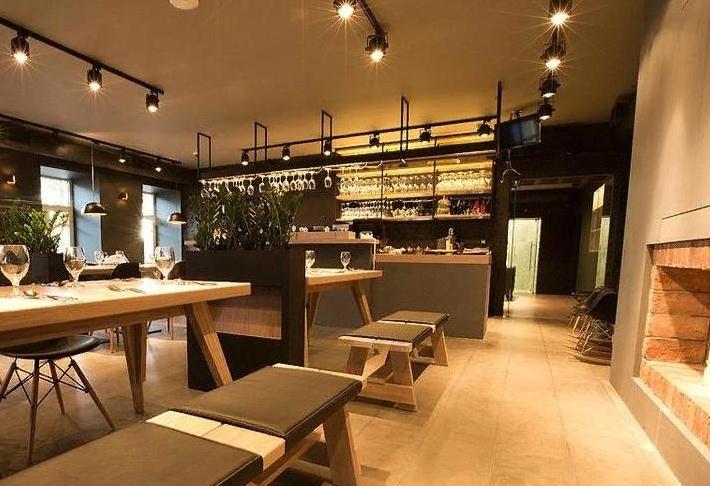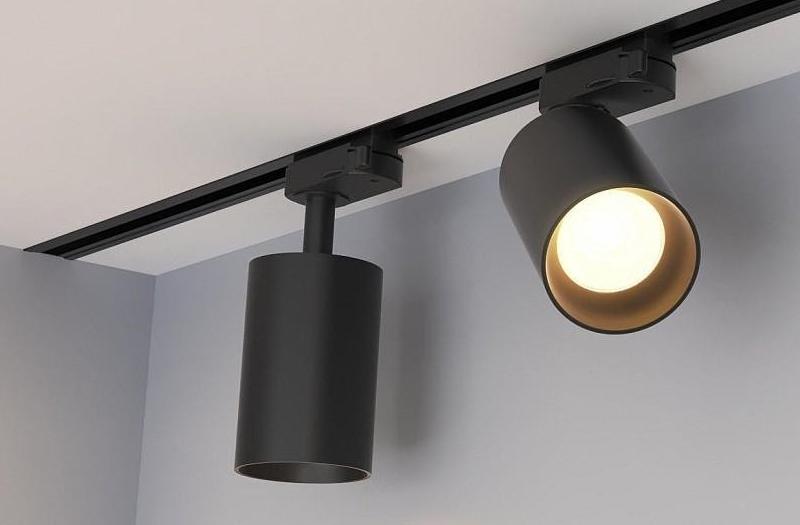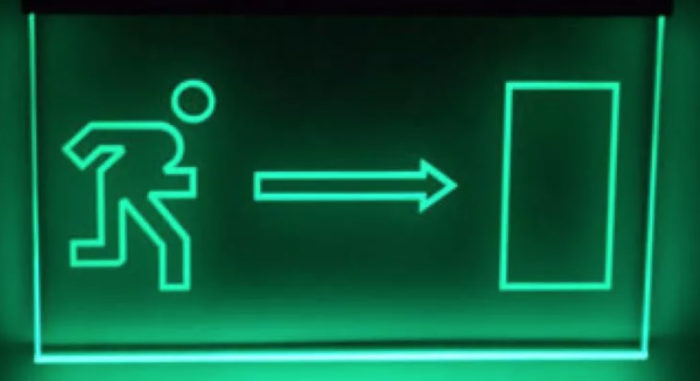Description of lighting features in cafes, bars and restaurants
Lighting in restaurants is important, it not only provides comfort to visitors, but also affects the reputation of the institution. Accurately chosen light allows you to create a good impression and show all the advantages of the interior from the most advantageous side. This is one of the easiest ways to stand out from the competition and be remembered by customers.
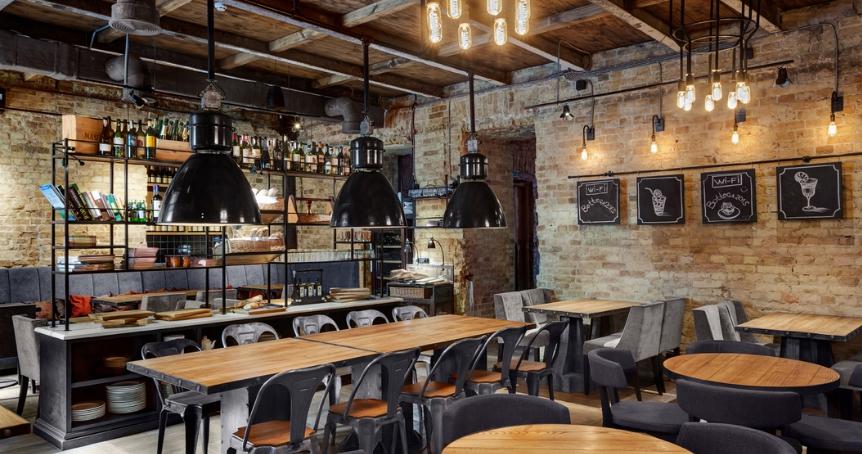
Features of lighting for restaurants and cafes
Many Western marketers believe that a well chosen light not only attracts customers, but makes them return to the institution again and again. The use of several techniques in the planning of the lighting system is able to transform an unremarkable room of a cafe or restaurant and give it originality.
Proper lighting adds respectability to the room and draws attention to the solidity and style of the interior. The lighting for canteens and fast food outlets is done completely differently - they use a lot of bright light and highlight the counters. This allows the windows and the establishment itself to shine in the dark and attract the attention of those who need to eat or buy food to go.
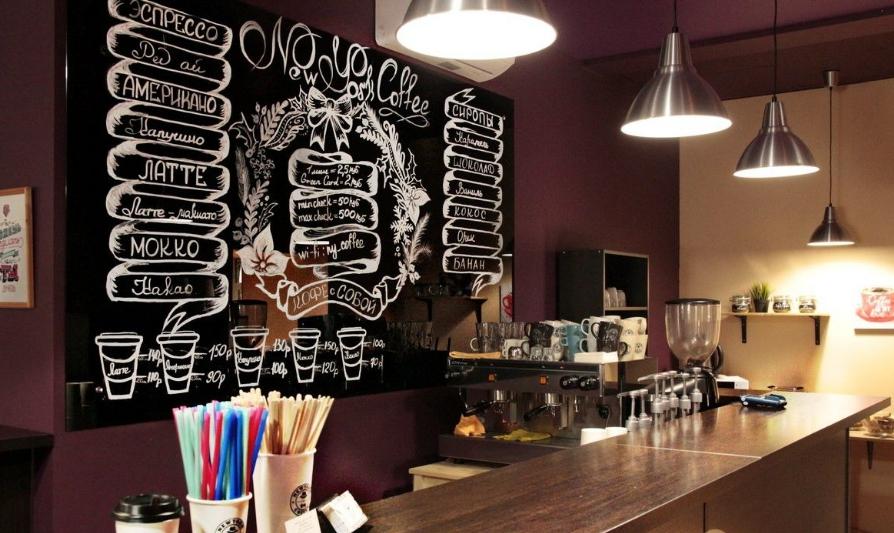
SNiP requirements
All the necessary information is contained in SNiP 23-05-95. The document has information regarding catering enterprises of all kinds. Also there is data not only for dining halls, but also for auxiliary premises. Norms of horizontal illumination are measured in lux, they are as follows:
- Dining room and booths, if any. 200 lux per square meter. This is the minimum limit, no lower is allowed, and no higher is prohibited, this applies to all items.
- Kitchen for cooking main dishes, washing room - from 200 lux.
- The food serving room, if available, from 300 lux.
- Flour and confectionery shop - from 300 lux.
- Ice cream and beverage preparation areas - 300 lux.
- Areas for preparation and packaging of finished products - 200 lux.
- Premises where chocolate and candies are made - from 400 lux.
- Warehouses, warehouses where products are shipped or received - 75 lux.
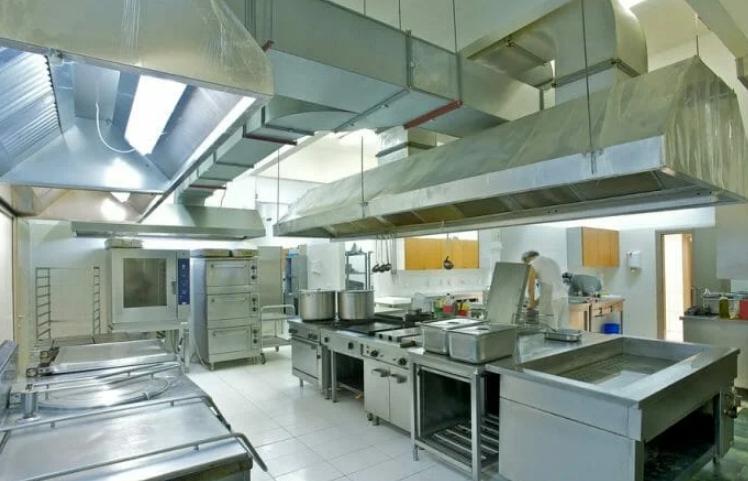
All of the requirements listed are mandatory. If representatives of the supervisory authority reveal violations, the sanitary and epidemiological certificate will not be issued, which will lead to a work stoppage. Also a fine may be issued.
By the way! It is necessary to review the features of the lighting, if the institution changes the format or design of the dining room.
Goals and objectives of lighting
In restaurants, cafes and bars, light performs not only a utilitarian function, but also many others:
- Attracting the attention of potential customers. For this are responsible lighting signage, the design of the entrance group and shop windows. The windows should stand out against the background of the overall development, so that people remember the location of the institution and easily find it if necessary.
- Creating a cozy microclimate in the hallthat promotes good relaxation and improves appetite. This can be achieved by combining different types of lighting.
- Providing a comfortable working environment for staff.. The success of the cafe, bar or restaurant depends largely on the quality of performance of duties by chefs, waiters and other staff. Their workplace should be well lit, it depends on the speed of work and the quality of food presentation.
- Making the interior original., creating a memorable environment that the customers will like. This can create a place that people will want to return to again and again. Unusual lighting solutions will capture photos and videos, providing additional advertising on social networks.
- Dividing the space into functional zones. Light can be used to separate the dining area from the dance floor or bar. There are many options, a specific solution must be chosen according to the situation to achieve the best effect.
- The allocation of special areas for VIP guests. This is an element of increasing prestige and attracting those who care about status.
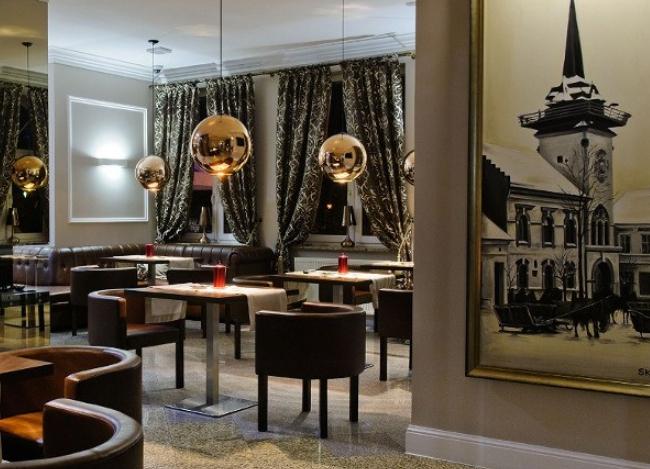
The lighting in the restaurant or cafe should be chosen carefully, thinking through every detail. It is best to invite a specialist who will develop a concept and at the same time meet the standards, to avoid problems with the supervisory authorities.
Types (levels) of lighting for food establishments
All the equipment used can be divided into several groups depending on the function:
- General lighting. Sets the basic background and is realized in the form of chandeliers, suspended structures or built-in light panels with uniform light without pulsation with a color temperature from 3500 to 4000 K.General lighting can also be realized using track systems with several lamps on a rail.
- Accent lighting should highlight certain areas or draw attention to certain objects. You can use lights built into the wall or ceiling, wall variants of concealed light. Another option is track lights, which can be moved and directed anywhere along a predetermined base.The track light is customizable for any room.
- Decorative lighting provides no practical benefit, but it gives the room an original atmosphere and memorable look. This can be the lighting of pictures, statuettes or other objects, as well as the use of LED strips or panels with shimmering colors.
- Technical lighting includes all the rooms that are required for the normal operation of the restaurant or cafe. Standards are listed above, the main thing - to follow them when choosing the number and power of lighting fixtures. Here in the first place the quality of light, the design does not really matter.
- Emergency lighting - a mandatory element in the system of any institution. It includes lights that operate autonomously and provide visibility in any emergency situations - in case of power failure, fire, etc. Emergency light provides an unobstructed evacuation of visitors and staff.Emergency exit sign.
Some options can be combined, but at the same time bright light streams should not overlap and create discomfort for the eyes.
What techniques are used
There are several classic methods used in planning lighting in cafes and restaurants. They are used in most establishments, so you should familiarize yourself with the techniques beforehand:
- The space is divided into common and private areas. Common areas - the space near the bar, the dance floor, the passageways - they are lit brighter. And the tables are dimmed so that people feel comfortable and they can see what's going on around them, but at the same time they stay in the dark. It is important to choose such an intensity so that people can see each other well.
- If the place is open during the day, the best thing to do is to use natural light as much as possible. To do this, you can make windows from floor to ceiling and place tables near them. People like to sit in a cafe or restaurant and watch what is happening outside. And if there is a beautiful landscape outside the window, these places will be even more popular.
- Use multiple light scenarios for different times of day. You can use dimming or switch on different types of equipment as needed. In the morning it is better to make the room bright to energize the whole day, in the afternoon soft lighting is suitable, which improves appetite and promotes friendly conversation at lunch. In the evening a dimmed light is preferable.
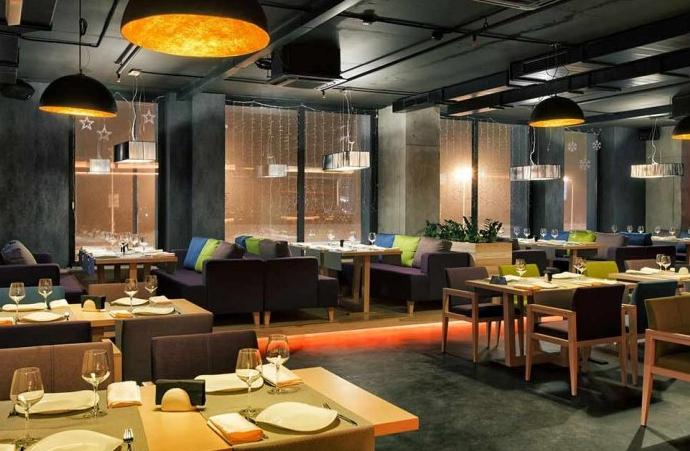
When planning different options, it is worth taking into account the features of the room - its area, shape, height of ceilings, the presence of partitions, etc. All this matters when choosing a suitable method of lighting.
Rules of arrangement of fixtures
There are rules that must be adhered to when planning location lamps. Following them will ensure comfortable lighting in the cafe or restaurant:
- When selecting equipment, take into account the characteristics of each area. In certain areas, you need to ensure good visibility so that people can read and see the interlocutor clearly. For lounge areas, it is better to choose a dimmed light to provide a relaxing atmosphere and ensure comfortable rest in a quiet environment.
- It is better to put a separate lamp above each table. Sometimes place several elements, if the tabletop is long, so that there was an ideal visibility and all the dishes were presented in the best possible light.
- It is desirable to use dimmers, so that you can adjust the brightness of the light and set it as the clients prefer at a particular table.
- It is better to use diffused or reflected light. The use of open bulbs can be if the design project calls for it and the bulbs do not blind the eyes.
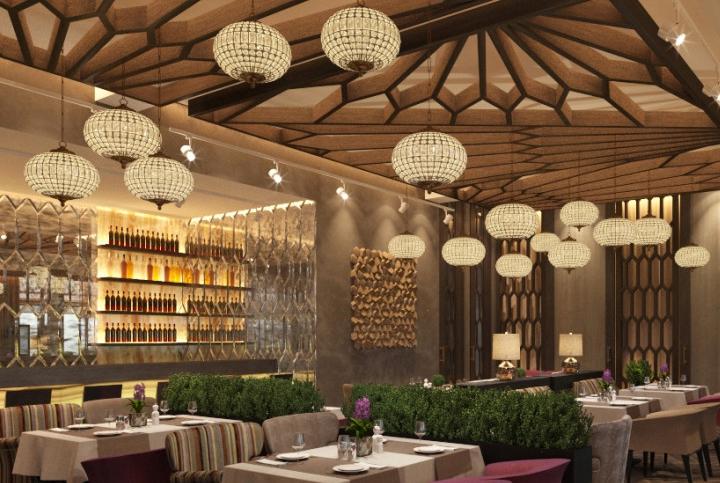
By the way! For public facilities, it is advisable to choose LED lights, as they have the longest service life and consume much less electricity than analogues.
Recommendations for the proper organization of lighting
There are several general points that need to be taken into account to ensure that lighting in a bar, restaurant or cafe was comfortable and created a unique atmosphere:
- The design of lighting fixtures is matched to the surroundings. They are a complete design element and should not fall out of it. Here it is necessary to take into account both the stylistics and the color of the shades or body.
- If the room has mirrored surfaces, place lighting so that the reflected light does not strike the eyes of visitors. At the same time, you can use mirrors to give unusual effects.
- Do not skimp on the quality of the lamps. It is better to choose LED models, they have different color temperature options and there is no pulsation, which reduces the load on the eyes.
- If possible, use a variety of add-ons that make light control more convenient and provide many additional functions. It is also worth putting smart lights, light sensors or presence sensors to dim the lights if everyone has gone to the dance floor.
- It is important to properly arrange the light accents, it all depends on the hall decor and its features. Particular attention should be paid to the color rendering factor of the lamps above the tables. For dishes to look as spectacular and natural as possible, the indicator should be at least 90 Ra.
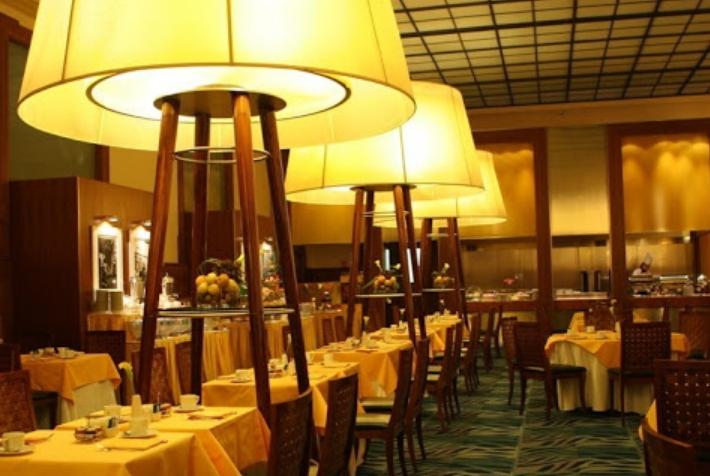
Planning the future lighting is needed even at the stage of repair, in order to lay the wiring wherever it will be needed.
Video: Cafe trends and ideas 2020
Lighting of cafes, restaurants and bars has features, as it not only creates a comfortable atmosphere, but also motivates people to return to the place they like again and again. When planning, you need to consider the tiers of lighting, choose the most effective techniques and use several schemes to transform the room at different times of day.
